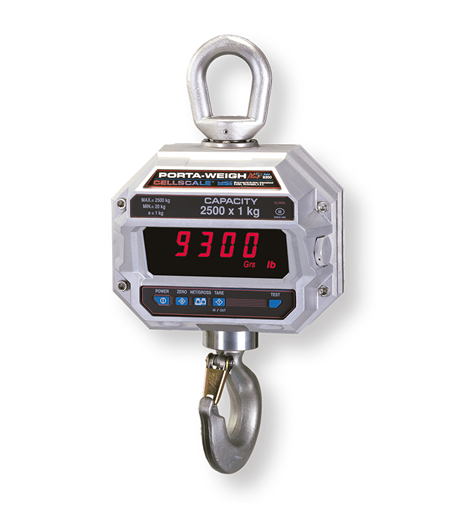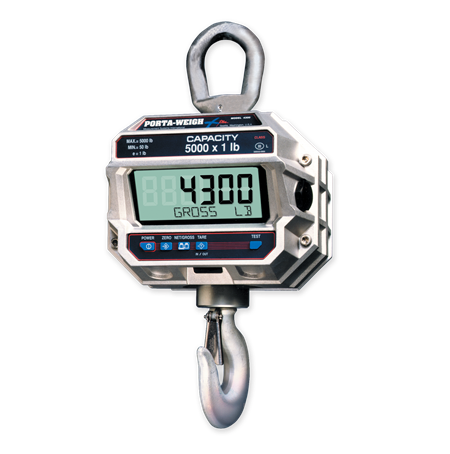Is the website displaying in the correct language? Please confirm or select a different language.
Your region has been set automatically. Please confirm or select a different region.
6 Steps to Create an Integrated Crane Weighing System
Crane scales can help prevent unsafe conditions by providing real-time measurement of the operational load and immediate feedback to operators and safety systems.
Integrated Crane Weighing Systems
Crane scales ensure safety and deliver accurate load measurements in many applications. When used properly, crane scales can help prevent unsafe conditions by providing real-time measurement of the operational load and immediate feedback to operators and safety systems. Below are six straightforward steps to creating an integrated crane weighing system.

1. Determine what type of sensor you need.
- Load pins offer accuracy of 1-3% of their Rated Capacity.
- Load links, shear web load cells and clamp-on load cells have an accuracy of .5% of their Rated Capacity.
- Custom sensors are also available.
2. Choose a cable length.
- Options include 5, 10, 15, 20, 25 and 30 feet.
- Rice Lake recommends using a bulkhead connector with mating cable.
3. Decide whether you want an RF transmitter or signal conditioner.
- MSI-7000/1 TranSend™ (100-300 ft)
- MSI-9000 CellScale™ can be used from (500-1,000 ft)
- SCT-2200 (N/A)
4. Choose a remote display or controller.
- Handheld: MSI-8000 or MSI-9750A
- Desktop: MSI-9850
- Desktop LCD: MSI-8004HD
- Tablet
5. Your RF transmitter or signal conditioner will have the following relays:
- 2, 3, 4, 8 (MSI-7000/1 TranSend)
- 2, 3, 4, 6 (MSI-9000 CellScale)
- 2 (SCT-2200)
- Inquire about other available I/O and fieldbus options.
6. Select a scoreboard.
- Hardwired or wireless
- 4- or 6-inch LaserLight2® remote display
Rice Lake Weighing Systems offers a comprehensive line of crane scales, including our own brand of MSI (formerly Measurement Systems International) as well as integrated system solutions for industrial weighing and process control.



 My Account
My Account

